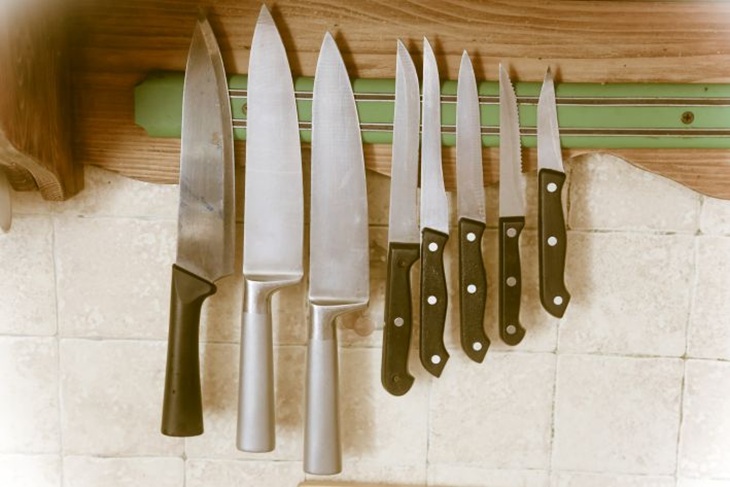How to Keep Your Knives Sharp: A Chef's Trick
Are dull knives ruining your nerves and your kitchen masterpieces? Chefs know the secret to keeping blades sharp without spending extra money.
Forget about fiddling with sharpeners — this simple trick will change your cooking forever. Want to cut like a pro? Then read on!
The main trick: steel
Chefs don't sharpen their knives every day — they sharpen them with a steel. This is a steel rod that evens out the edge of the blade, removing micro-burrs. Regular sharpening maintains sharpness and extends the life of the tool.
How to use?
Hold the steel vertically, resting it on the table. Draw the blade at an angle of 15-20 degrees from top to bottom, alternating sides. Repeat 5-10 times.
When to use: Before each cooking or at the first sign of dullness.

Why does this work?
The blade loses its sharpness not only due to wear, but also due to edge deformation. The steel does not remove metal, but restores the shape of the cutting part. Research shows that such care increases the interval between full sharpenings by 2-3 times.
Step-by-step knife care
Choose the right surface. Cut on wooden or plastic boards. Glass and stone dull blades faster.
Wash by hand. The dishwasher will damage the edge and handles. Use warm water and a sponge.
Dry immediately. Moisture causes rust even on stainless steel. Dry the knife with a towel after washing.
Store properly. Use stands, magnetic strips or covers. Contact with other blades will ruin the sharpness.
Sharpen once every 3-6 months. A sharpening stone with a grain size of 1000/3000 is suitable for this.
Additional tips
Don't scrape the knife across the board to gather the cuts - this will bend the edge. Use the back of the blade.
Check the sharpness on a piece of paper. If the knife cuts smoothly, without snagging, it is ready for use.
For fine work (like fish filleting), keep a spare fine-tooth steel on hand.
Result
This sharpening trick is a chef's secret that anyone can use. Regular sharpening will keep your knives sharp and make cooking easy and enjoyable. Try it today and forget about dull blades forever!
